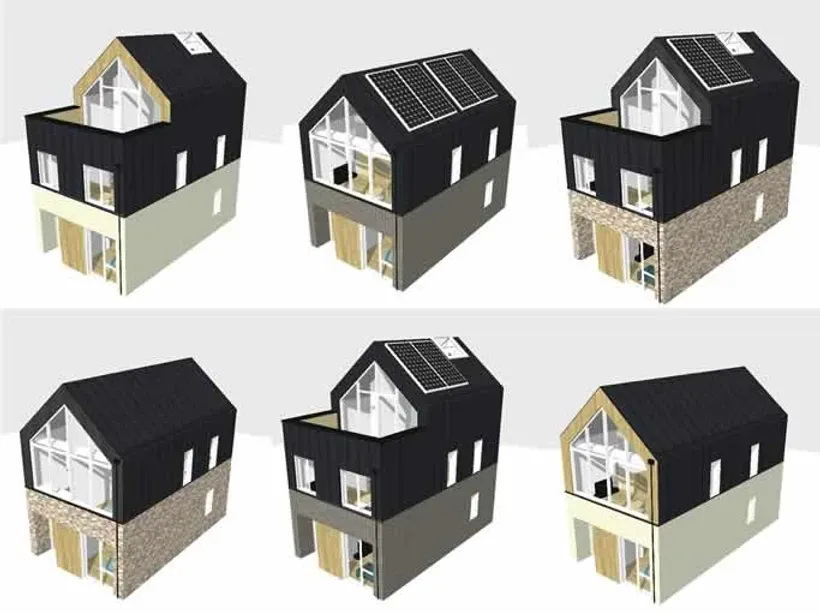Demand for mass customization in housing (vol 2.)
Read first: Demand for mass customization in housing (vol 1.)
Housing trends in the Netherlands started taking a firmer course towards mass customization in 1990s when some well-known examples of participatory design were brought into existence. While schemes like Borneo Sporenburg by West 8 in Amsterdam are not strictly speaking mass customization examples, they have certainly paved the way to ones that have followed. In recent decades there have been a number of Residential developments that are loosely adopting the concept of mass customization as a marketing, design and construction strategy. One of the largest ones is Homeruskwartier in Almere, others include Palet van Delft, Wenswonen, Fenixlofts and many other smaller developments.

One of the reasons why mass customization of housing has become widely adopted in the Netherlands is because Dutch people likes to build their own house which in turn has led to so called self-building movement. Identical but perhaps more recent trend can be observed in the United Kingdom, where there is somewhat of a revolution undergoing in the housing sector in these years. Self and custom build is hoped to contribute towards solving the national housing crisis that has been ever deepening after mass production of modernist housing in 1970s. Similarly to Dutch people, a majority of home buyers in the UK are dreaming of building their own home. The Building Societies Association’s survey in 2012 has found out that “over half of all respondents (53%) said they would be interested in building their own home”.
 A configurable UK house design by HTA Design and Potton
A configurable UK house design by HTA Design and Potton
As a response, a number of new self and custom build developments have been granted planning permissions – the Heartlands regeneration scheme in Cornwall, Park Prewett development in Basingstoke and Beechwood West in Basildon, to name just a few. All of these feature a strong mass customization element – future residents are given a choice to customize their home within the limits permitted by the architects, developers, local planners and house manufacturers. In fact, most of permissible house types are manufactured off-site which is also seen as a key measure to relieve the ongoing housing crisis in the UK.